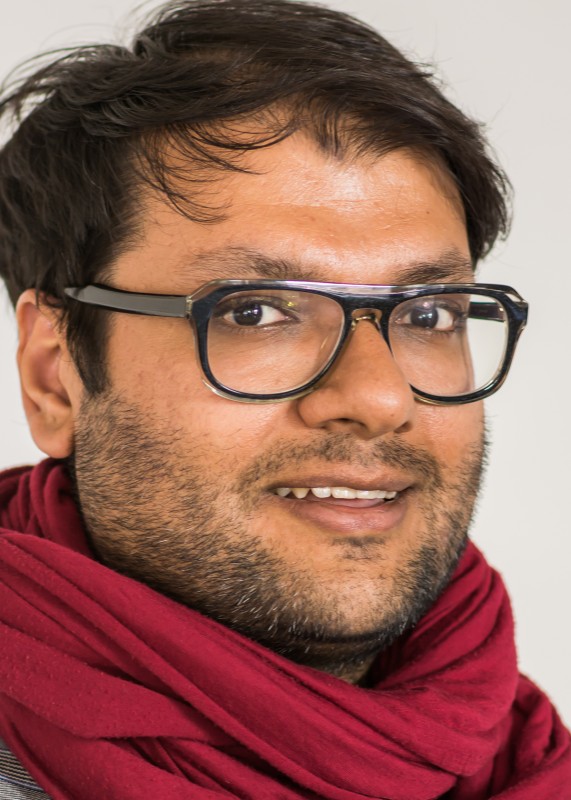Laboratory and Field Observations

ERC CLOUDLAB project (https://cloudlab.ethz.ch/).
Dr. Zamin Kanji leads the laboratory and field group on aerosol properties and cloud interactions. Dr. Jan Henneberger leads the holography sub-group. For more information about our members, please visit our member page
What we do
The research and teaching activities of the laboratory and field measurements group focus on aerosol-cloud interactions and cloud microphysics with an emphasis on understanding the physicochemical properties of aerosols in relation to their cloud condensation nuceli (CCN) and ice nucleating particles (INP) ability. The basic research is conducted in laboratory and field experiments using instrumentation that is mainly designed and developed in-house coupled with commercially available particle sizing and detection instruments. The experimental group focusses on warm (CCN) and cold (ice nucleation) cloud microphysics measurements for aerosol led by Dr. Zamin Kanji, and cloud physics of hydrometeors and meteorology measurements led by Dr. Jan Henneberger. Our instruments are an integral part of conducting high quality measurements and thus their trouble-free operation and maintainence are critical to performing our research. Dr. Michael Roesch, our technical specialist ensures we have the required technical support to facilitate our laboratory and field measurements.
The custom designed home-built instrumentation, for ice nucleation experiments include cloud chambers for measuring deposition/condensation mode ice nucleation (ZINC/PINC/HINC/HINC-Auto), immersion freezing (IMCA/PIMCA) and contact freezing (CLINCH). These are coupled to ice optical detectors (IODE) capable of distinguishing between particles that show strong, weak or no depolarization of polarized light allowing us to distinguish ice crystals and cloud droplets. To investigate the spatial distribution of ice crystals and supercooled water droplets in mixed-phase clouds, a holographic particle-imaging device (HOLIMO) was developed. Warm cloud aerosol properties and droplet activation are measured in-situ with a CCN Counter.
Complementary, commercial equipment is available to aerosolize and to measure physical properties of particles. We use a Centrifugal Particle Mass Analyser (external page CPMA) to select particles based on mass. The CPMA is an important instrument to analyse agglomerates and thus important to characterize soot particles and their sources. We have also built an external page aerosol-trace gas interactions tank (volume = 2.7 m3) where we can re-suspend and process aerosols. The ice and droplet nucleation devices and the instruments for physical and chemical characterization are then able to sample from the aerosol tank to compare aged and non-aged aerosols. Our goal is to understand the role that particle composition, size and chemistry play in forming ice and water clouds.
Experimentelle Atmosphärenphysik
Universitätstrasse 16
8092
Zürich
Switzerland
